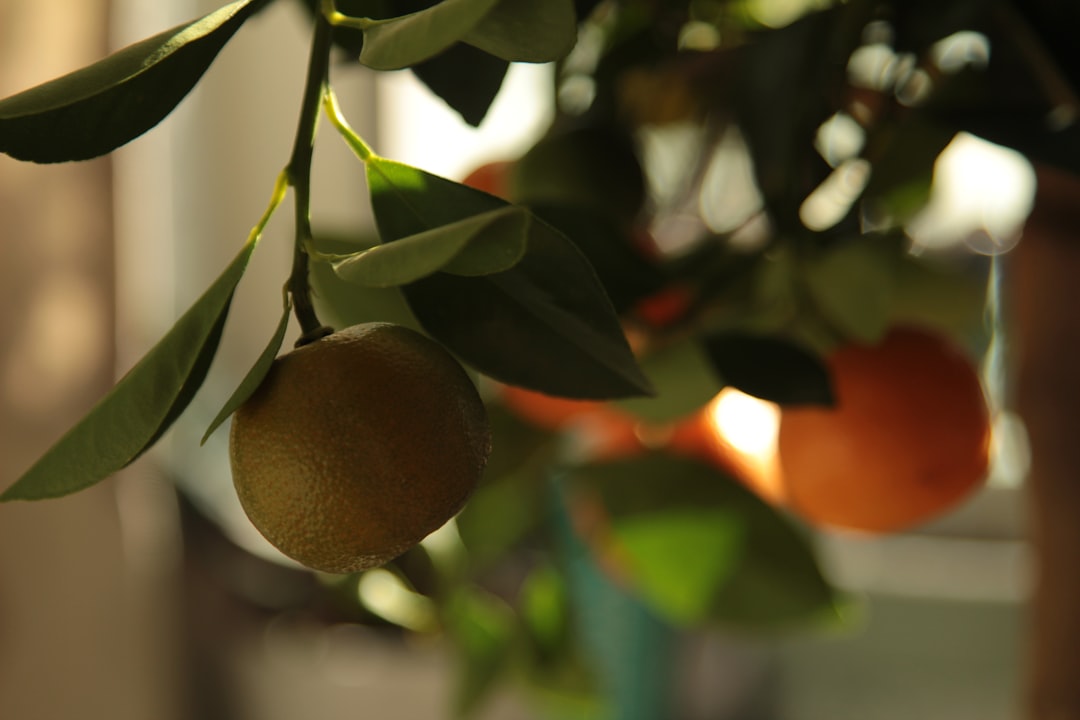The Secret to a Colorful Garden: Annual Phlox

Annual phlox is a delightful addition to any garden, offering vibrant colors and a sweet fragrance. In this guide, we'll explore everything you need to know about planting and growing annual phlox, from selecting the right varieties to caring for them throughout the seasons.
### Choosing the Right Varieties
There are many different varieties of annual phlox available, each with its own unique characteristics. When choosing a variety, consider factors such as color, height, and bloom time. Some popular varieties include:
- Phlox drummondii: This is the most common type of annual phlox, known for its bright, showy flowers. It comes in a wide range of colors, including pink, purple, red, and white.
- Phlox paniculata: Also known as garden phlox, this variety is taller and more upright than Phlox drummondii. It produces large clusters of fragrant flowers in shades of pink, purple, and white.
- Phlox subulata: This low-growing variety is perfect for ground cover. It produces masses of small, star-shaped flowers in early spring.
### Planting Annual Phlox
Annual phlox is relatively easy to grow from seed. Here's how to plant them:
- Choose a sunny location: Annual phlox prefers full sun, but it can also tolerate partial shade. Make sure the soil is well-drained and fertile.
- Prepare the soil: Before planting, loosen the soil to a depth of about 6 inches. Mix in some compost or well-rotted manure to improve the soil's fertility.
- Sow the seeds: Scatter the seeds over the prepared soil and lightly cover them with a thin layer of soil. Water the soil gently to keep it moist.
- Thin the seedlings: Once the seedlings have emerged, thin them out to a spacing of about 6 to 12 inches apart. This will give them enough room to grow and develop.
### Caring for Annual Phlox
To keep your annual phlox healthy and blooming, follow these care tips:
- Water regularly: Annual phlox needs regular watering, especially during hot, dry weather. Water the soil deeply, but avoid getting the leaves wet to prevent diseases.
- Fertilize monthly: Feed your annual phlox with a balanced fertilizer once a month during the growing season. This will help them produce more flowers and stay healthy.
- Deadhead spent flowers: To encourage continuous blooming, remove the spent flowers regularly. This will also prevent the plant from going to seed too quickly.
- Watch for pests and diseases: Annual phlox is susceptible to a few pests and diseases, such as aphids, spider mites, and powdery mildew. Keep an eye out for any signs of problems and treat them promptly.
### Enjoying the Blooms
One of the great things about annual phlox is that newer varieties bloom not only in the spring but again in the fall. This means you can enjoy their beautiful flowers for a longer period of time. Whether you plant them in beds, borders, or containers, annual phlox will add a splash of color and fragrance to your garden.
So, if you're looking for an easy-to-grow flower that will brighten up your garden, consider planting annual phlox. With a little care and attention, you'll be rewarded with a stunning display of blooms all season long.